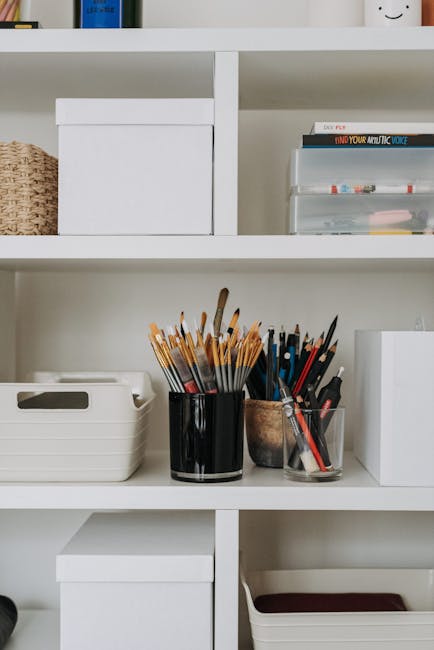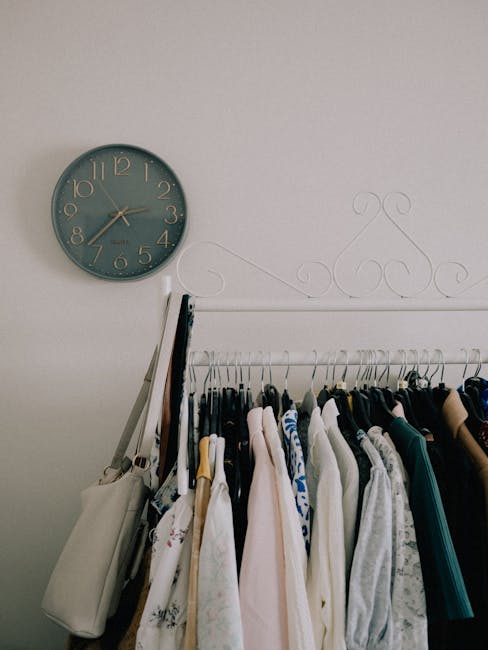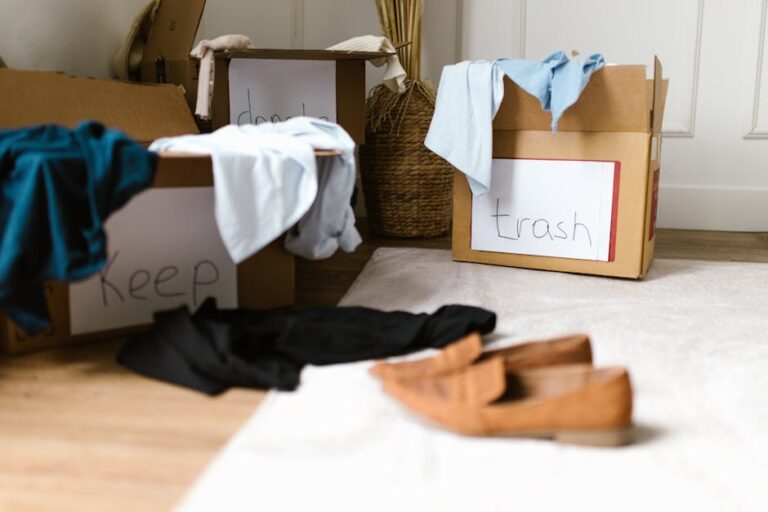
Entryway Excellence: Making a Great First Impression
The entryway, often overlooked, is the unsung hero of the home. It’s the transitional space between the outside world and your personal sanctuary, setting the tone for the entire experience within. Beyond its functional purpose of providing a place to shed shoes and hang coats, a well-designed entryway communicates your style, welcomes guests, and even impacts your daily mood. Achieving “entryway excellence” requires careful consideration of several key elements: space planning, lighting, storage, decorative accents, and traffic flow. Let’s delve into each aspect, providing practical advice and inspiring ideas.
Space Planning: Maximizing Function and Flow
Before diving into aesthetics, understanding the limitations and possibilities of your entryway’s space is crucial. Ask yourself: How much square footage do I realistically have? What are the key functional needs? Where are the doorways and walkways that need to remain unobstructed? Measure the area carefully, considering not only the floor space but also the height of the ceiling.
For smaller entryways, prioritizing functionality is paramount. Think vertically. Utilize wall-mounted shelves for displaying decorative items and storing gloves or keys. A narrow console table with drawers offers storage without consuming excessive floor space. Opt for a slim bench that can tuck under the console when not in use. Mirrors are invaluable in small spaces, reflecting light and creating an illusion of spaciousness.
Larger entryways provide more design flexibility. Consider creating distinct zones: a drop-off zone for shoes and bags, a seating area for guests to comfortably wait, and a display zone for artwork or plants. A statement rug can define the entryway space, grounding the furniture and adding a touch of warmth. A larger console table offers more storage options, and a comfortable armchair or bench can create a welcoming atmosphere.
Regardless of the size, ensure a clear pathway is maintained. Avoid overcrowding the space with unnecessary furniture or decorations. The flow should be intuitive and easy to navigate, guiding visitors smoothly into the rest of the home. Think about the natural traffic patterns and arrange furniture accordingly.
Lighting: Setting the Mood and Enhancing Visibility
Lighting is a transformative element that can dramatically impact the look and feel of your entryway. A well-lit entryway feels inviting and safe, while a poorly lit one can feel gloomy and cramped. Layering light is key to achieving optimal illumination and ambiance.
Start with ambient lighting, which provides overall illumination to the space. A ceiling fixture, such as a pendant light, chandelier, or flush-mount fixture, is a common choice. Consider the style of your home when selecting the fixture. A modern home might benefit from a sleek geometric pendant, while a traditional home might call for a classic chandelier.
Next, add task lighting to illuminate specific areas or activities. A table lamp on a console table can provide focused light for reading or writing. A wall sconce near the front door can improve visibility for entering and exiting. Consider installing a dimmer switch to adjust the brightness of the lights based on the time of day and your mood.
Finally, incorporate accent lighting to highlight decorative elements or architectural features. A spotlight can showcase a piece of artwork, while string lights can add a touch of whimsy to a staircase. Consider using LED bulbs, which are energy-efficient and long-lasting. Natural light is, of course, invaluable. Maximize natural light by keeping windows clean and unobstructed. Consider using sheer curtains or blinds that allow light to filter through while maintaining privacy.
Storage Solutions: Keeping Clutter at Bay
The entryway is often the first point of contact for shoes, coats, bags, and other belongings. Without adequate storage, it can quickly become a cluttered mess. Implementing effective storage solutions is essential for maintaining a tidy and organized entryway.
Console tables with drawers or cabinets offer versatile storage options. Use the drawers to store keys, mail, and other small items. The cabinets can be used to store shoes, hats, and scarves. Baskets are another great storage solution. They can be placed under a console table or bench to store shoes, umbrellas, or toys. Wall-mounted shelves provide vertical storage without taking up floor space. Use them to display decorative items or store books and magazines.
Coat racks are essential for hanging coats and jackets. Choose a coat rack that complements the style of your entryway. A freestanding coat rack is a good option for small spaces, while a wall-mounted coat rack can save floor space. Consider installing hooks for hanging bags, hats, and scarves. Hooks are a simple and affordable storage solution that can be easily customized to fit your needs. A bench with built-in storage is a great option for seating and storage. Use the storage compartment to store shoes, blankets, or other items.
Decorative Accents: Expressing Your Personal Style
Once the functional elements are in place, it’s time to add decorative accents that reflect your personal style and create a welcoming atmosphere. The entryway is an opportunity to showcase your personality and set the tone for the rest of your home.
Rugs are a great way to add warmth, texture, and color to your entryway. Choose a rug that is durable and easy to clean, as it will be subjected to heavy foot traffic. Mirrors are invaluable for making small entryways feel larger and brighter. Choose a mirror that complements the style of your entryway. Artwork can add personality and visual interest to your entryway. Choose pieces that reflect your personal taste and complement the overall décor.
Plants can bring life and vibrancy to your entryway. Choose plants that thrive in low-light conditions, as entryways often receive limited sunlight. A statement piece, such as a unique vase, sculpture, or piece of furniture, can create a focal point in your entryway. Don’t forget the details. Small decorative items, such as candles, picture frames, and books, can add personality and charm to your entryway.
Traffic Flow: Ensuring Smooth Transitions
A well-designed entryway facilitates smooth transitions between the inside and outside. Consider the flow of traffic when arranging furniture and decorations. Avoid creating obstacles that can impede movement.
Ensure that there is enough space for people to comfortably enter and exit the home. Avoid placing furniture or decorations in doorways or walkways. Consider the placement of doors. If your front door swings inward, ensure that it doesn’t block any pathways. Think about accessibility. If you have family members or guests with mobility issues, ensure that the entryway is accessible and easy to navigate. Provide a clear pathway for wheelchairs or walkers.
Consider creating a designated area for dropping off shoes and bags. This will help to prevent clutter and keep the entryway tidy. Provide a comfortable seating area where guests can wait or remove their shoes. Ensure that the entryway is well-lit to improve visibility and safety. Consider installing a motion sensor light that automatically turns on when someone enters the entryway.
By carefully considering space planning, lighting, storage, decorative accents, and traffic flow, you can transform your entryway into a welcoming and functional space that sets the stage for a positive experience within your home.

